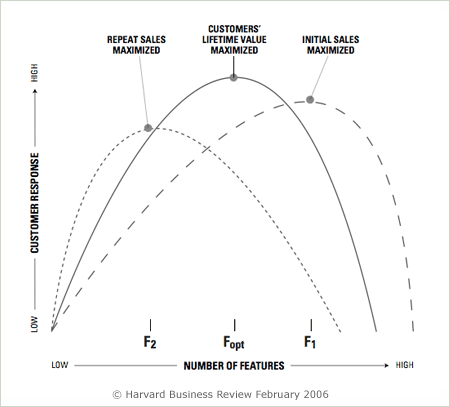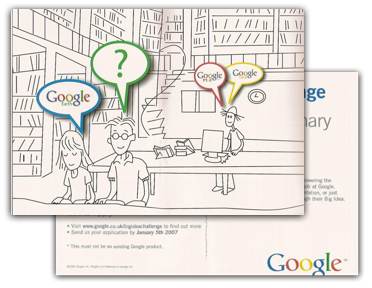
Fabrice Gringa has an interesting history in startups. Listen to Fabrice Gringas podcast on Venture Voice and you'll see what I mean.
He also has taken the time to detail what he sees as the 9 criteria that need to be filled in order to undertake or launch a new venture. It's a great list. I've added my own views as a counterpoint.
Fabrice details an number of points that stem from his self analysis that he has a lack of creativity so he must ride the coat tails of others if he's going to be successful. It seems to have worked so far.
Note: The 9 criteria are all represented here but some extraneous comments are not included. Fabrice's entire post is here.
9 Business Selection Criteria
The traditional cliché of entrepreneurs is that they have an idea and vision. They build companies to fulfill that vision. I am not this type of entrepreneur. I realized long ago I lacked the creativity to come up with brilliant new ideas. Frankly I lack creative skills in general including the ability to paint, dance or sing :)
To cover up for that deficiency, I use a rational thought process in evaluating business ideas to decide which business I will create, invest in, buy or join. These are my 9 criteria:
1. At least a $1 billion addressable market
This criteria is inherently personal and depends on the entrepreneur’s ambition, but there are good reasons to target larger markets:
- It’s easier to obtain funding
- Many Internet businesses have a certain amount of fixed costs but limited variable costs, therefore the larger the business, the higher the net margin
- I find it more interesting to build larger companies
This does not mean that the market must be a $1 billion market at the launch of the company, but that it must have the potential.
2. A valid business model understood from the get go
There is only a 5% chance that a company created today will still be around in 5 years. I have not seen official statistics, but many VCs seem to believe that only 0.1% of the company started without a valid business model succeed. It’s so risky to create a company to begin with, I would rather have all the odds in my favor…
3. Does not require more than $2 million in seed or $15 million in first round VC money
If it requires much more, the business might be too capital intensive which could lead to too much dilution and suggest that this is an idea that is easier for a large incumbent to fund rather than a new startup.
4. A business where you have a real shot at being one of the top players - at least in the region you are targeting
Avoid entering businesses where many players are well funded or where the incumbents have a sustainable advantage. That is not to say not to enter businesses where there are incumbents - just make you have a hard to replicate edge on them - after all Skype did extremely well because it entered the telephony market with a radically lower cost structure than the traditional telcos and used it to its advantage.
5. A scalable idea
This is again a very personal criteria. Walmart and Starbucks are great businesses, but I would rather not be in a business where I need to open a new store to increase my sales as it leads to slower growth and greater capital requirements. Internet businesses are magical as they give you the ability to build and grow global companies in record times - just look at what Google, eBay, Skype and many others accomplished in less than 10 years - in some cases in less than 5 years!
6. A business with little or no risk of disintermediation and/or margin compression by suppliers and/or customers
You are in a much safer position if you are much larger than your customers and/or suppliers. Walmart exerts tremendous pressure on its suppliers which are much smaller than it is and depend on its sales. eBay can also continuously increase prices on its sellers - none of which is in a meaningful position to fight back on its own.
7. A business that is in a rapidly growing market
A rising tide raises all boats. Growing markets generate more interest from the press, consumers, customers and suppliers. Moreover, if you are gaining share in a rapidly growing market, this can create exponential growth.
8. An idea that I know how to execute on or can learn how to execute on
For now I will probably focus on technology ideas as I have a clear comparative advantage in the field as I understand technology and know how to manage technology organizations.
9. An idea that I like and want to do!
One of the keys to happiness and success in life is to do things you love and are passionate about…
A few things to note:
As you can see, I did not mention barriers to entry as a business selection criteria. While it would be nice to be in a position to have strong barriers to entry from the get go - it’s relatively rare to be in a position to have a sustainable barriers to entry from the start especially as it is becoming easier to duplicate technology or even get around many patents. I prefer to focus on building the barriers to entry with the business - the very fact of operating a business - having customers, suppliers, press attention, creating a brand - creates barriers to entry.
 Sat, December 16, 2006 at 7:27 PM in
Sat, December 16, 2006 at 7:27 PM in  Startups
Startups 












